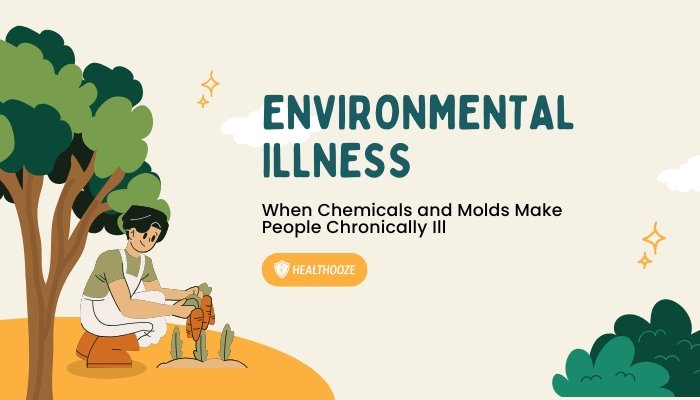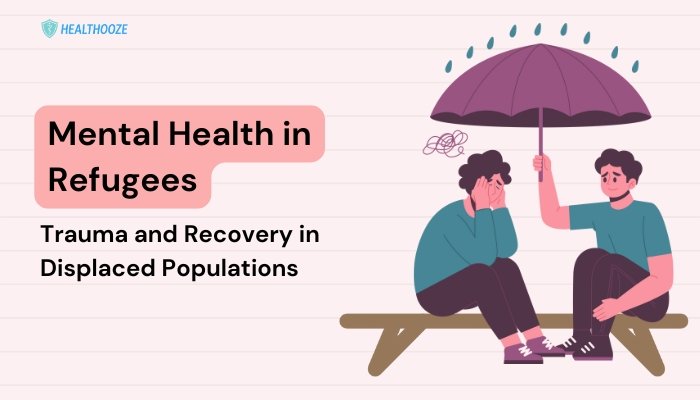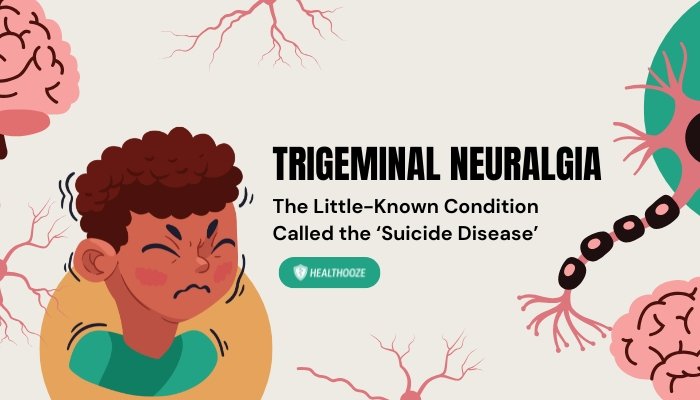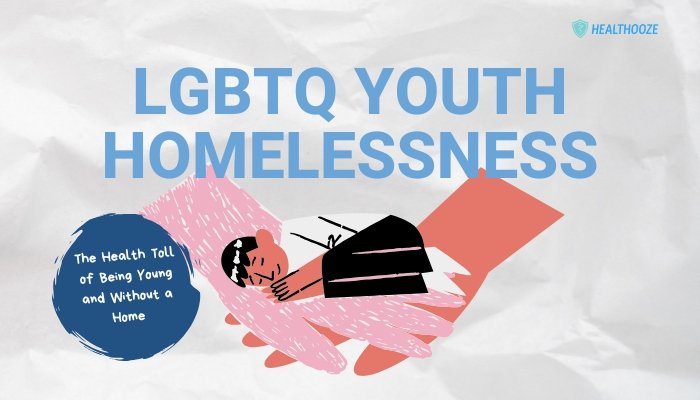Introduction
Some people appear hyper-sensitive to everyday chemicals, mold spores, or other environmental agents that most others tolerate. Known broadly as environmental illness or environmental sensitivities, these conditions can provoke a wide array of symptoms—from headaches and fatigue to serious respiratory issues—making home, school, or work environments challenging to endure.
With debates about causation and diagnosis, those suffering often feel misunderstood or dismissed. This article explores the nature of environmental illness, its potential causes, and the strategies for finding relief and validation.
What Is Environmental Illness?
Defining the Concept
“Environmental illness” (sometimes called multiple chemical sensitivity (MCS), sick building syndrome, or simply chemical intolerance) refers to ailments or chronic symptoms triggered by low-level exposure to chemical agents (like perfumes, cleaning products, pesticides) or biological factors (like mold, dust mites). Patients might experience:
- Respiratory Irritation: Coughing, wheezing, nasal congestion.
- Neurological Complaints: Headaches, dizziness, fatigue, or cognitive “brain fog.”
- Skin Reactions: Rashes, itching, or general discomfort.
The Debate
While some medical professionals and patients point to documented improvements when triggers are removed, others remain skeptical, arguing that scientific evidence is inconclusive. Critics use terms like “psychosomatic” or “nocebo effect,” but for those afflicted, symptoms feel very real and debilitating.
Potential Triggers and Risk Factors
Chemicals
Modern life brims with chemicals in cleaning agents, personal care products, industrial materials, fragrances, and more. Sensitive individuals may react strongly even to minimal amounts, describing migraines, throat irritation, or confusion.
Mold and Fungal Spores
Damp indoor conditions create mold growth, releasing spores or mycotoxins. People with mold sensitivity can present with allergies, asthma-like symptoms, or chronic fatigue, especially in poorly ventilated or water-damaged buildings.
Multiple Exposures
Some experts believe that repeated or high-level exposure to toxins (like solvents or pesticides) might sensitize the body, leading to an exaggerated immune response whenever re-exposure—even in small quantities—occurs.
Consequences for Daily Life
Impact on Work and Social Environments
People with severe environmental sensitivities often struggle in offices with new carpeting, shared kitchens, or frequent cleaning product use. Social engagements in scented settings (e.g., perfumed areas, candlelit rooms) might feel off-limits, risking isolation.
Emotional Stress
A sense of invalidation or frustration is common, especially if friends, family, or clinicians doubt the condition’s legitimacy. Constant worry about encountering triggers can foster anxiety, compounding health issues.
Economic Burden
Managing environmental illness can involve remodeling homes to eliminate mold, installing specialized air filtration, or purchasing unscented/chemical-free items—expenditures that can add up quickly. Missed workdays or job loss also loom if workplace adjustments aren’t feasible.
Approaches to Diagnosis and Management
Clinical Assessment
Because no standardized test definitively diagnoses environmental illness, doctors often:
- Rule Out Other Conditions: Checking for allergies, autoimmune diseases, or mental health issues.
- Track Symptom Patterns: Identifying consistent triggers or improvement when avoiding certain environments.
- Patient-Reported Symptom Logs: Encouraging diaries of exposures and subsequent reactions to spot correlations.
Environmental Interventions
- Mold Remediation: Hiring professionals to remove infestations, fix leaks, and maintain dryness in living spaces.
- Air Purifiers: High-efficiency particulate air (HEPA) filters can capture airborne allergens or chemicals, reducing in-home triggers.
- Chemical-Free Living: Switching to fragrance-free and low-toxicity household or personal care products. Minimizing pesticide or cleaning agent usage.
Medical and Supportive Strategies
- Lifestyle Adjustments: Stress reduction, balanced diet, and mild exercise can help the body cope with triggers.
- Occupational Therapy: Guidance on reorganizing daily tasks to limit exposure or reduce physical strain from chronic symptoms.
- Cognitive Behavioral Therapy (CBT): While it doesn’t dismiss real chemical sensitivities, CBT can help manage anxiety about potential exposures and develop coping strategies.
Social Recognition and Advocacy
Overcoming Stigma
Patients with environmental illness often feel misunderstood or labeled as “overly sensitive.” Public education can cultivate empathy and encourage employers or institutions to adopt fragrance-free policies or mold-prevention measures.
Policy Changes
Some regions push for tighter indoor air quality regulations or mandatory mold inspections in rentals. Government health agencies can sponsor research into environmental sensitivities, clarifying best practices for detection or treatment.
Community Support
Online forums or local support groups enable individuals to share experiences, discover chemical-free product recommendations, or secure housing leads that meet their low-exposure needs.
Conclusion
While scientific debate persists about the exact mechanisms of environmental illness, those reporting sensitivities to chemicals or mold often face real, debilitating challenges. Recognizing their plight, listening without judgment, and adopting pragmatic solutions—from mold remediation to fragrance-free workplaces—can alleviate symptoms and restore a measure of normalcy. As the modern world’s chemical load grows, investing in further research and inclusive policies ensures that individuals with heightened sensitivities don’t slip through the cracks, invisible in their struggle. It’s a matter of acknowledging that not all bodies react the same—and that each person deserves a safe environment and accessible healthcare solutions.
References
- World Health Organization (WHO). Indoor Air Quality guidelines and mold fact sheets.
- American College of Occupational and Environmental Medicine (ACOEM). Understanding multiple chemical sensitivities.
- Institute of Medicine (US). Damp indoor spaces and health: understanding mold.







